Vicente Mateo Domínguez Pérez, Jardines (Gardens)
Extant
Losar de la Vera, Extremadura, 10460, Spain
The topiary creations—those originally created by Domínguez, as well as later works husbanded by his successors, and “amateur” sculptures planted by neighbors along the route—are easily visible as one passes through the main street of town.
About the Artist/Site
Vicente Domínguez always had a love for plants. With little education—his formative years were marked by the battles of the Civil War and the disruption of the school system—Domínguez’s world was circumscribed within his village. As a young man he followed his father into agriculture. He married the love of his life and the happy couple had two children; they lived in a rural home away from the confines of the village, and the exterior of their farmhouse flourished with all species of plants and flowers. He also began to sculpt small topiary figures around his home, shaping them with garden shears, experimenting with unusual shapes, and caring for them in an almost paternal manner.
By the late 1960s, the town had added sidewalks to the main street passing through the center, and with the completion of these urban improvements came the new need to spruce them up with such accoutrements as benches, trees, and grass. Domínguez, who had already worked for the village as a gardener, was contracted to design and maintain these linear frontage areas. He was energized at the opportunity to put his own stamp on the municipality and to bring his creativity to bear. He began to sketch out ideas for topiary figures, staying up nights and obsessing about this project.
Working on bases of evergreen cypress, yew, boxwood, and other plants that grow densely and respond well to ornamental shaping, Domínguez eventually sculpted the bushes into the forms of animals, birds, baskets, ceramic vessels, crowns, and geometric shapes including cones, balls, pyramids, squares, spirals, triangles, and obelisks. He used simple garden shears to slowly form the shapes and a simple hand-mower to cut the grass. He added interior armatures to support the works with greater surfaces so as to help them withstand the windy gusts roaring down from the mountains or from across the plains. Coaxing the bushes and trees to grow into his designs was a long-term process: just to develop the basic form took him two to five years, and continuing to guide the branches and needles into the fully-fleshed out design required consistent trimming, a minimum of three times per year. Dodging street intersections, sidewalks, streetlights, and driveways, he seems to have formed and placed discrete images subject only to his inspiration: the shapes appear rather randomly—although not unpleasantly—situated, almost like a procession of individuals, rather than as a connected arrangement of related objects. They vary seemingly arbitrarily in height, width, and subject, although there are, on occasion, pairs of symmetrical installations on either side of a sidewalk, driveway, or section of public commons. He ultimately created over 150 forms stretched out over more than eight-tenths of a mile lining both sides of the main street through town.
Domínguez’s wife passed away from cancer in 1989 and he sank into a deep depression from which he never emerged, despite seeking treatment from the local doctor. Barely two years later, in an isolated area of a nursery belonging to the municipality, he methodically cleared away the rubbish and, driving in with his beloved old Seat 600, immolated himself within. He had left notes for his children indicating his enduring grief and his inability to live without his beloved wife, but also for his apprentice, providing tips and suggestions for the maintenance of his topiary creations. Although the small town was rocked by this suicide, the municipality moved quickly to promote his assistant in order to stabilize the community and substantiate their interest in preserving and sustaining Domínguez’s work.
The topiary creations—those originally created by Domínguez, as well as later works husbanded by his successors, and “amateur” sculptures planted by neighbors along the route—are easily visible as one passes through the main street of town.
~Jo Farb Hernández
Contributors
Map & Site Information
Losar de la Vera, Extremadura, 10460
es
Latitude/Longitude: 40.1211434 / -5.60506
Nearby Environments


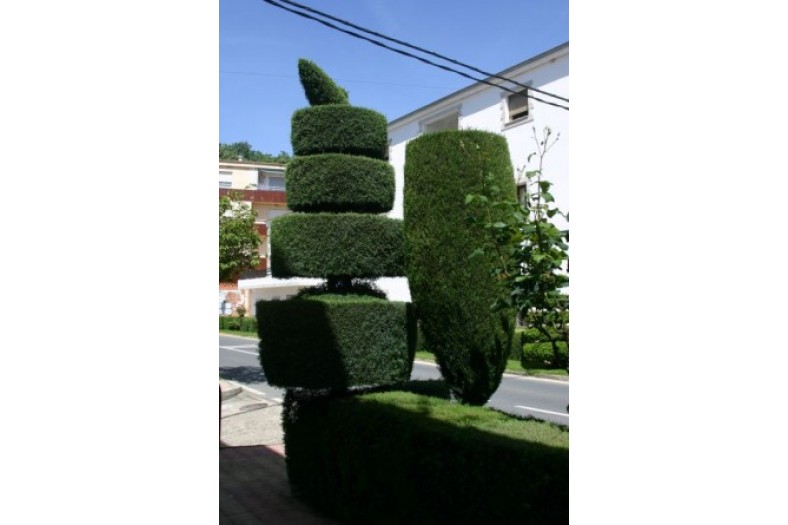
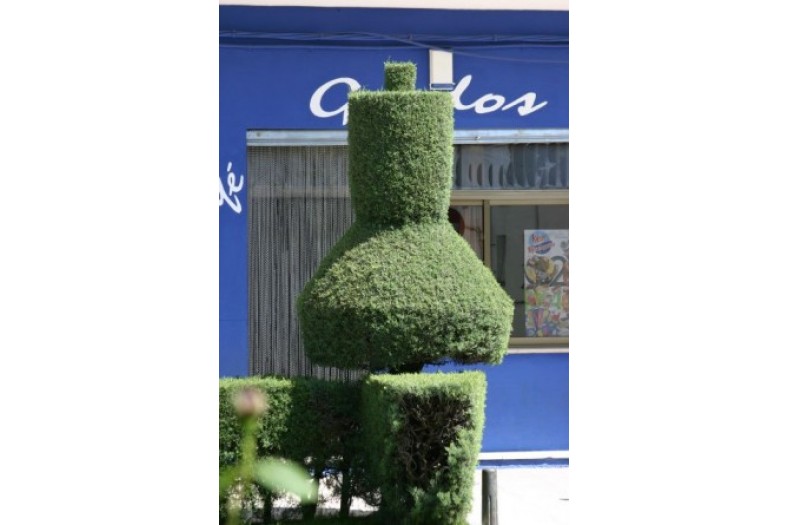
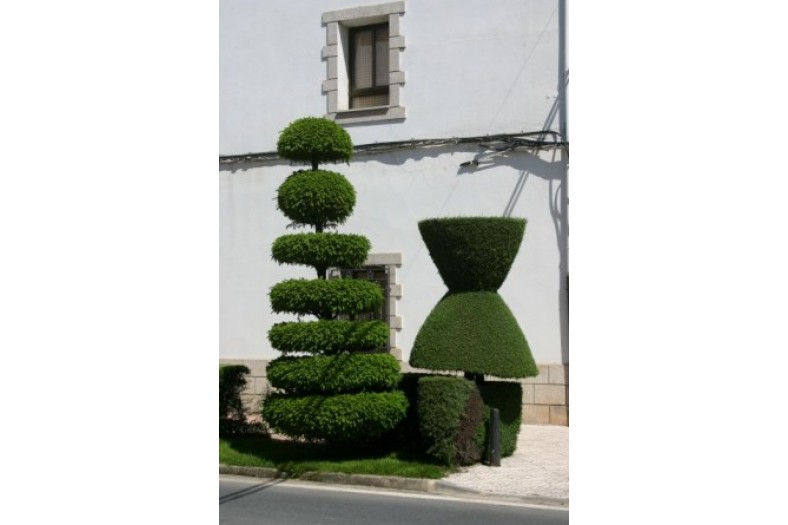
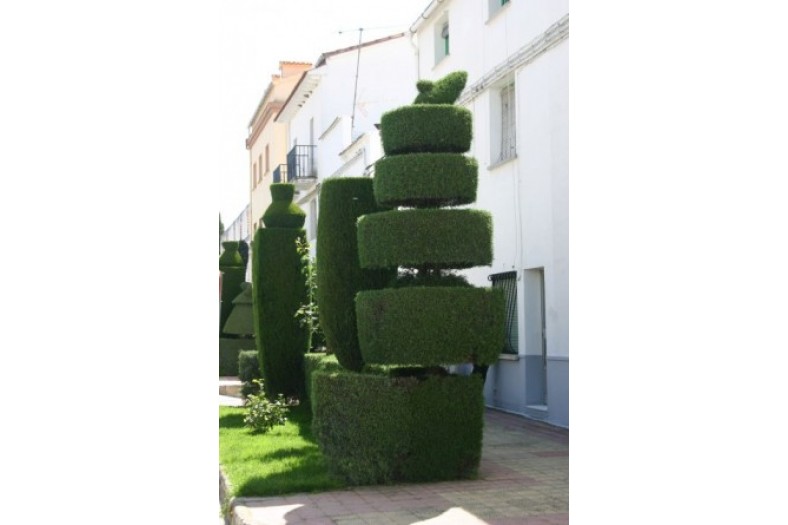
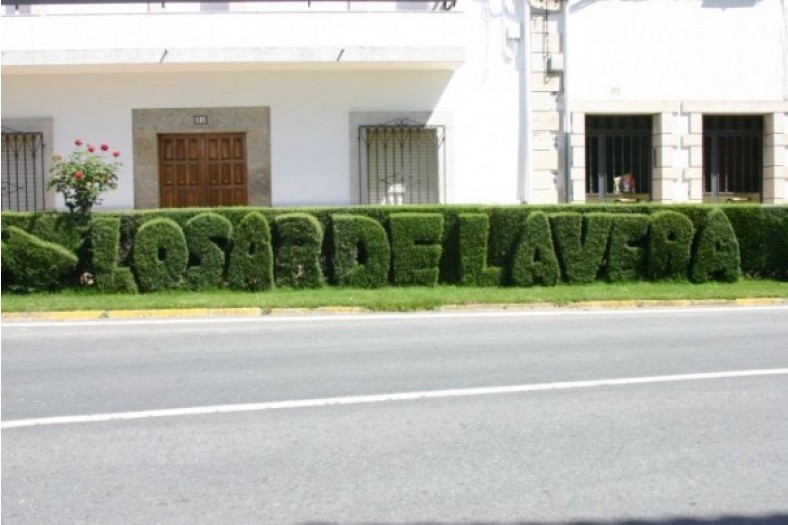
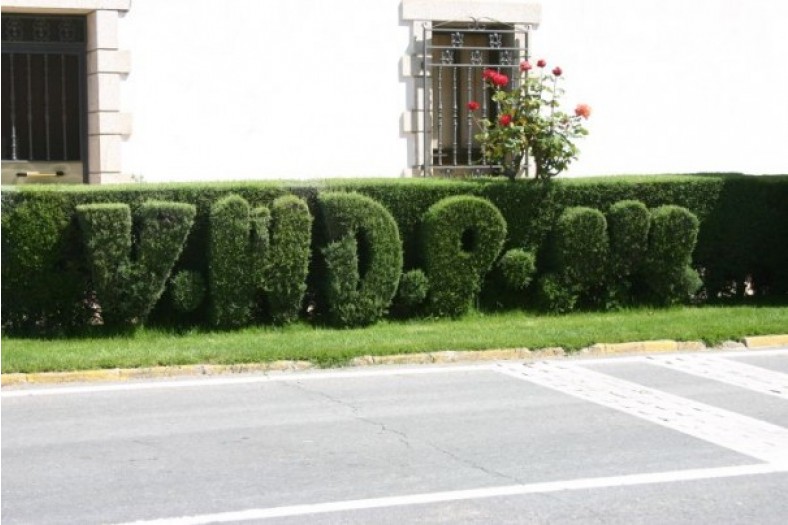
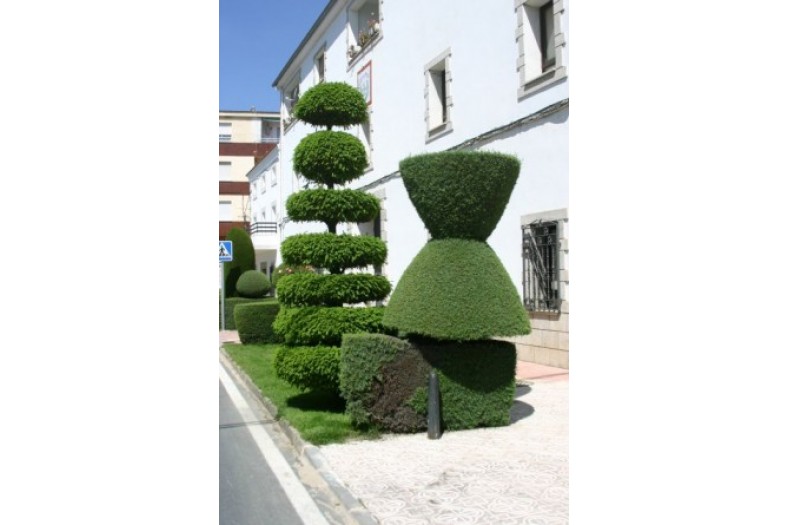
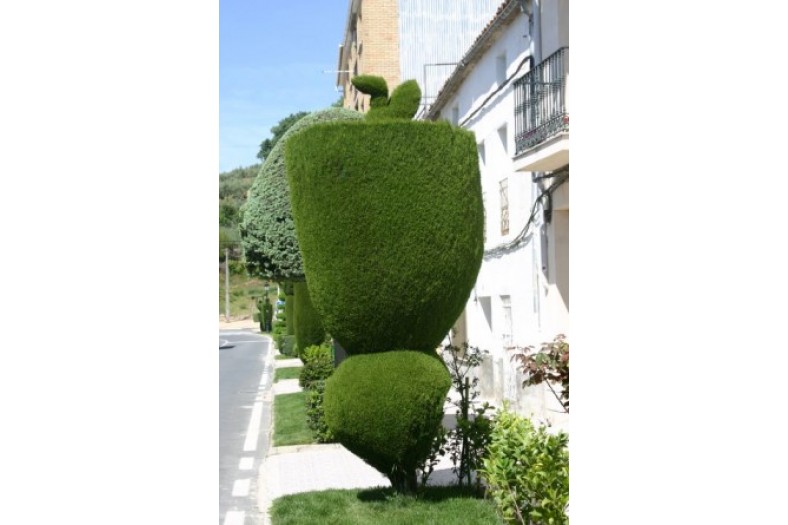
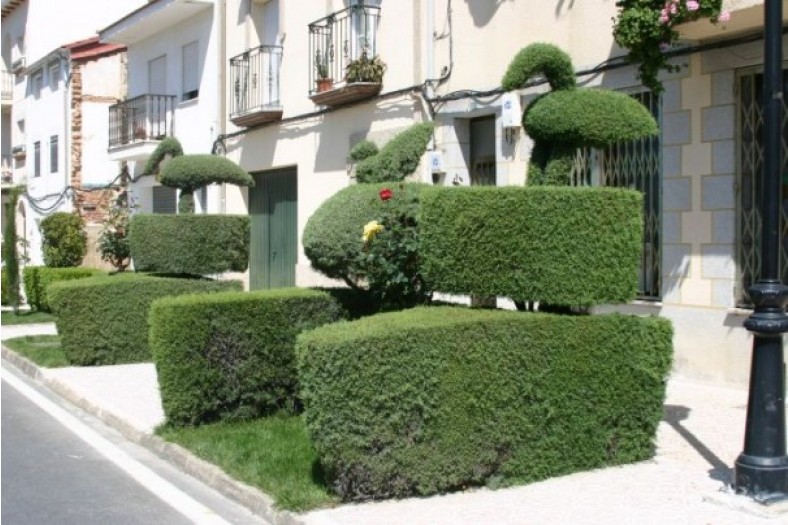
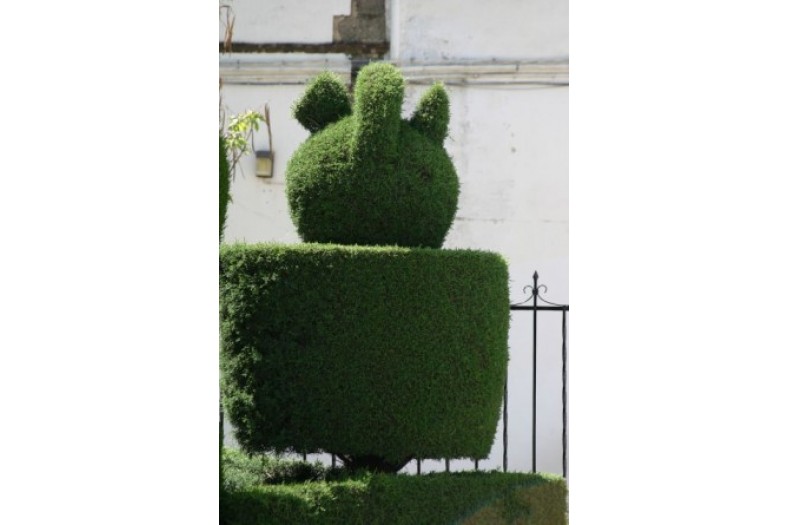
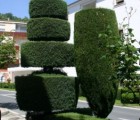
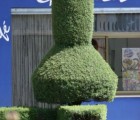
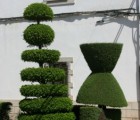
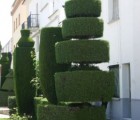
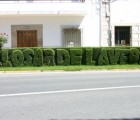
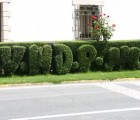
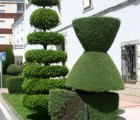
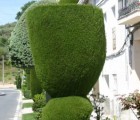
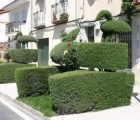

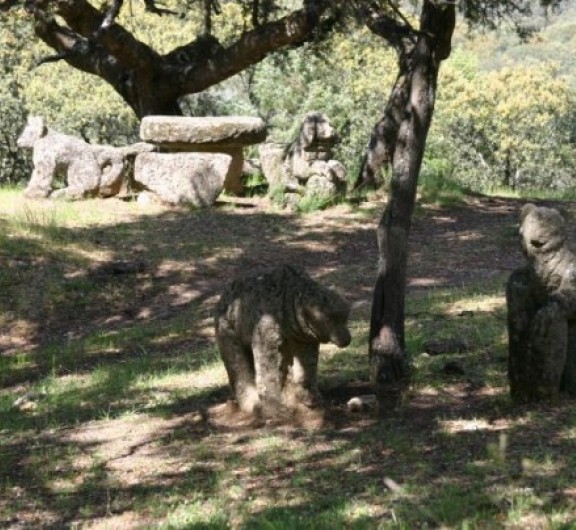
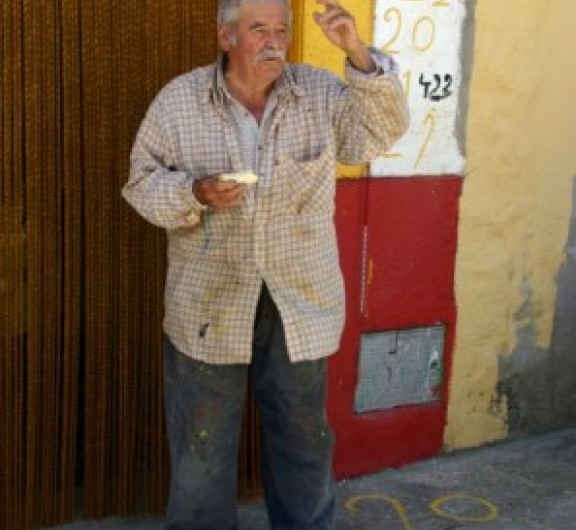
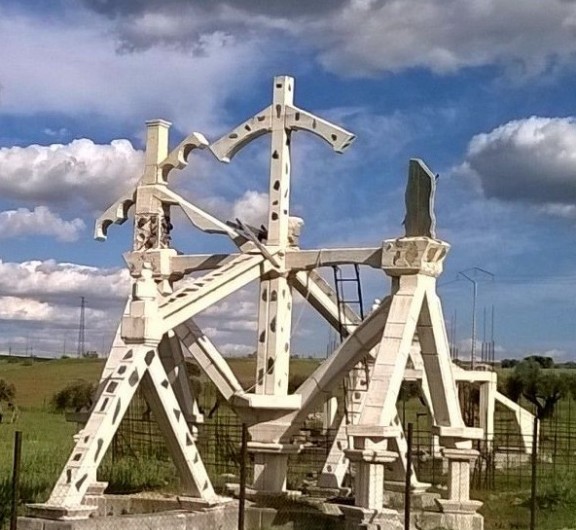

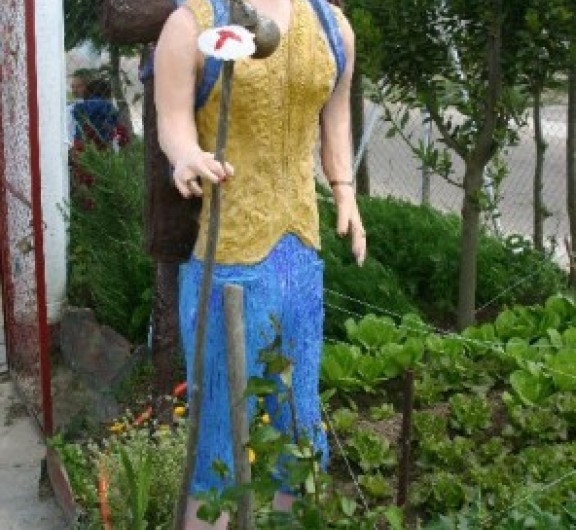
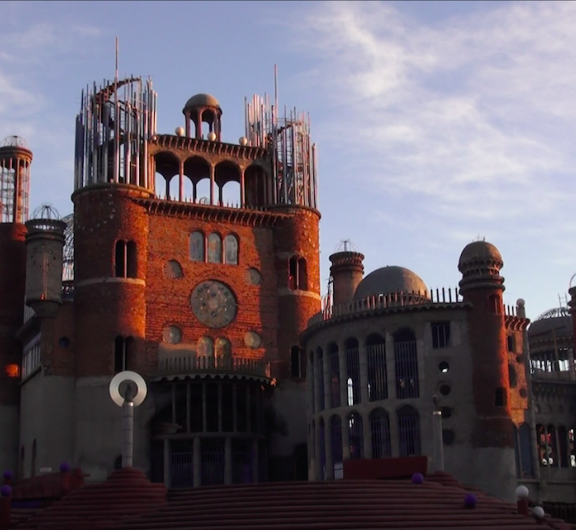

Post your comment
Comments
No one has commented on this page yet.